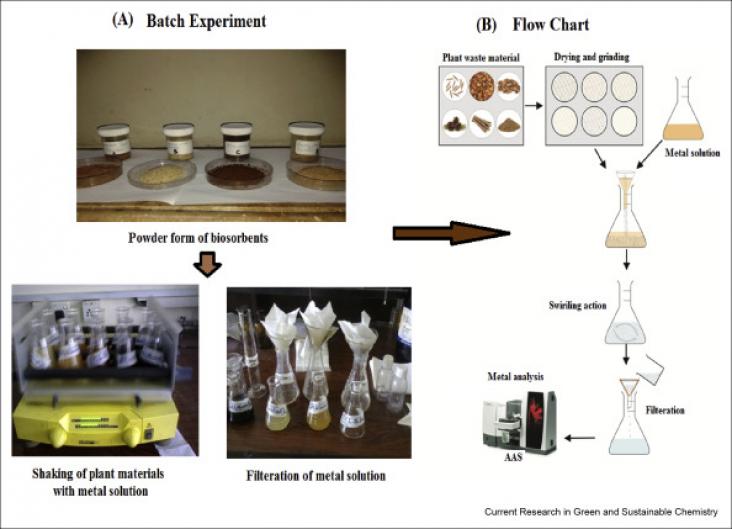The new 2030 sustainable development agenda is likely to dominate policy and academic debates at both national and international levels over next 15 years and beyond.
Alfredo de Jesús Martínez-Roldán, Rosa Olivia Cañizares-Villanueva, Chapter 7 - Wastewater treatment based in microalgae, Editor(s): Eduardo Jacob-Lopes, Mariana Manzoni Maroneze, Maria Isabel Queiroz, Leila Queiroz Zepka, Handbook of Microalgae-Based Processes and Products, Academic Press, 2020, Pages 165-184, ISBN 9780128185360, https://doi.org/10.1016/B978-0-12-818536-0.00007-5.

